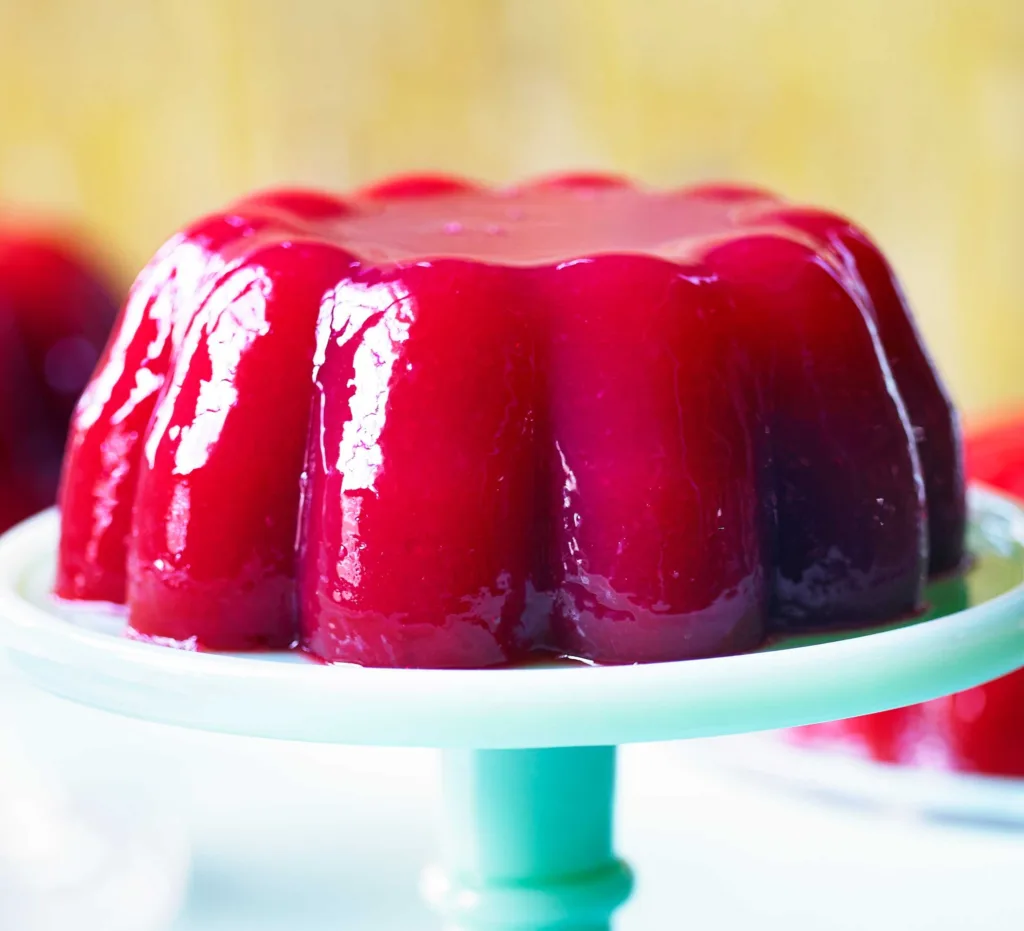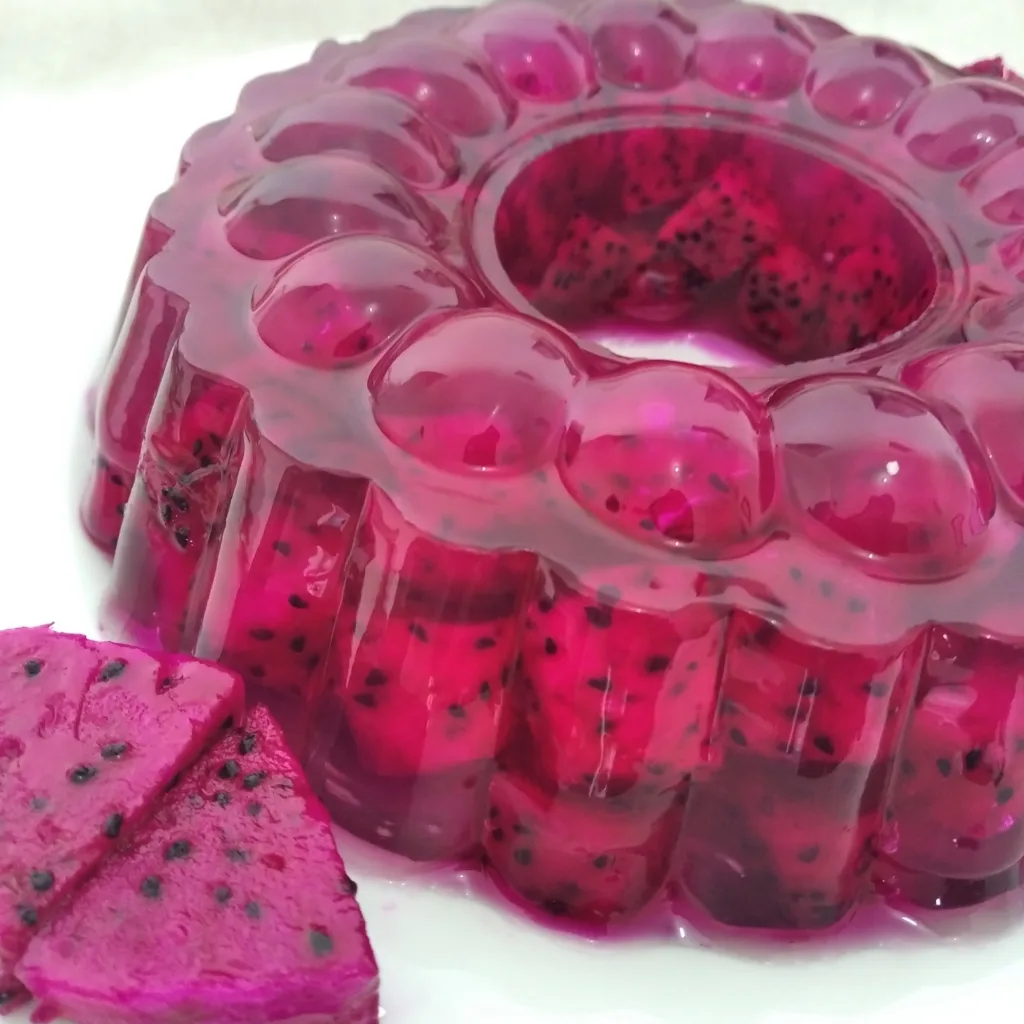Jelly is a delicious spread that can be enjoyed on toast, bagels, or even used as a glaze for meats. But like any food, it has a limited shelf life and can go bad over time. So, does jelly go bad? The answer is yes, but there are a few factors to consider.
One of the first signs that jelly has gone bad is a change in color. If the jelly has become darker or has developed a cloudy appearance, it may be time to throw it out. Additionally, if there are any visible signs of mold or other growth, discard the jelly immediately.
Another indicator that jelly has gone bad is its smell. If the jelly has a sour or musty odor, it’s best to err on the side of caution and toss it out. The smell may resemble something like yeast or some alcohol. Once you notice a foul smell such as this, it’s time to get rid of the jelly.
It’s important to note that even if you can’t see any mold or other visible signs of spoilage, jelly can still go bad. This is because it can host toxin-producing mold species that can be hazardous to your health, according to microbiologists.
To prevent your jelly from gong bad, it’s important to store it properly. Unopened jars of jelly can be stored in a cool, dark place like a pantry for up to 12 months. Once opened, jelly should be refrigerated and consumed within six months.
It’s also important to use clean utensils when scooping jelly out of the jar. If you use a dirty spoon or knife, you risk introducing bacteria that can cause the jelly to spoil more quickly.
Jelly can go bad and it’s important to be aware of the signs of spoilage. If the jelly has changed in color, developed mold, or has a strange odor, it’s time to discard it. Proper storage and hygiene practices can help extend the shelf life of your jelly and ensure that it’s safe to consume.
Identifying Signs of Bad Jelly
Jelly, like any other food item, has an expiration date. Once it goes bad, it can pose a risk to your health and should not be consumed. There are several ways to tell if your jelly has gone bad. Firstly, check the smell. If the jelly has gone bad, it may emit a strange odor similar to yeast or alcohol. If you notice an unusual smell, it is best to throw the jelly away. Secondly, check the appearance of the jelly. If you notice any mold or discoloration, it’s a sign that the jelly has gone bad. Do not consume jelly that appars moldy or discolored. Lastly, check the texture of the jelly. If it has become slimy or has separated, it’s a sign that the jelly has gone bad. if you observe any of these signs, it is recommended to dispose of the jelly and not consume it.

Risk of Illness from Eating Expired Jelly
You can get sick from eating old jelly. The reason is that jelly can host toxin-producing mold species that can be hazardous to your health. Even if you scrape off any visible mold and the jelly doesn’t smell bad, it’s still not safe to consume because the mold can produce invisible toxins that can make you sick. These toxins can cause a range of symptoms, including nausea, vomiting, diarrhea, headaches, and even respiratory problems. Therefore, it’s recommended that you discard any moldy jelly immedately and avoid eating jelly that is past its expiration date or has been stored for a long time. It’s always better to be safe than sorry when it comes to food safety.
The Shelf Life of Jelly After Its Expiration Date
Jelly, like other preserved foods, comes with a “best by” or expiration date. However, this date only serves as a guide to help consumers determine the freshness and quality of the product. It does not necessarily mean that the jelly is no longer safe to eat after that date.
Typically, jelly can last for up to 6-12 months past its expiration date if it has been properly stored in a cool, dry place. However, the shelf life of jelly largely depends on the type of jelly, the ingredients used, and how it was processed.
If the jelly has been opened and stored in the refrigerator, it can last for several weeks to a few months depending on the type of jelly and how well it was sealed. However, if the jelly has been left out of the fridge for an extended period, it may develop mold or bacteria, which can cause it to spoil and bcome unsafe to eat.
To ensure the longevity and safety of your jelly, it is best to store it in a cool, dry place away from direct sunlight and heat sources. Additionally, it’s important to always check for signs of spoilage such as mold, discoloration, or an off smell before consuming any jelly that has been stored for an extended period.
Does Refrigerated Jelly Expire?
Jelly can expire in the fridge if it is stored for too long. Although jelly, along with jams and preserves, can last for up to 12 months in the pantry if unopened, it has a shorter shelf life once opened and stored in the fridge. Typically, opened jelly should be consumed within 6 months of opening to ensure quality and freshness. Over time, the jelly may lose its flavor, texture, and color, and could develop mold or bacteria growth. It is important to check the jelly for any signs of spoilage, such as an off smell or appearance, before consuming it. To extend the shelf life of jelly, store it in an airtight container in the fridge and avoid cross-contamination with oher foods.
Can Bacteria Grow in Jelly?
Bacteria can grow in jelly. Jelly or jam is a high sugar food, and while sugar can help preserve the product, it is not entirely immune to bacterial or fungal contamination. Some bacteria can be present in jam as inactive endospores, which are resistant to heat and other sterilization methods. These endospores can remain dormant in the jam until conditions are favorable for their growth and reproduction. Additionally, molds and yeasts can also grow in jam, especially if the product is not stored properly or is exposed to air. Molds, in particular, can tolerate sugary low pH environments like jams, but they cannot live in a sealed air-free environment. Therefore, it is important to store jam in a cool, dark place, keep the jar tightly sealed, and consume it before the expiration date to prevent bacterial or fungal growth.

Can Jelly Cause Botulism?
It is highly unlikely to get botulism from jelly or any other high-acid food such as jams, preserves, and pickles. These types of foods have a pH level of 4.6 or lower, which is too acidic for the botulism bacteria to grow and produce toxins. Therefore, they can be safely processed in a boiling water canner without any risk of botulism. However, it is important to follow proper canning procedures and recipes to ensure that the food is processed correctly and remains safe to consume.
Signs of Botulism in Jelly
Botulism is a rare but serious illness caused by a toxin produced by the bacteria Clostridium botulinum. This bacteria can grow in low-acid environments, such as canned or preserved foods, including jelly. While it is not easy to tell if jelly has botulism, there are some signs to look out for.
Firstly, when you open a jar of jelly, check if there is any spurting of liquid, whih could indicate that there is a lot of pressure inside the jar forcing the jelly out. This can be an indication that the jelly has spoiled and may contain harmful bacteria, including botulism.
Secondly, pay attention to the smell of the jelly. If you notice any unusual or off-odors, this could also be a sign that the jelly is spoiled and may contain botulism.
However, it is important to note that botulism toxin can be present in sealed jars of low-acid foods without any visible signs or off-odors. Therefore, it is recommended to always use safe canning practices and to discard any jars of jelly or other preserved foods that show signs of spoilage or have an unusual odor. If you suspect that you or someone else may have consumed jelly contaminated with botulism, seek medical attention immediately.
The Reasons Why Jelly Does Not Spoil
Jelly, along with other types of preserves, is made by cooking fruit with sugar until it reaches a thick, spreadable consistency. The high concentration of sugar in jelly acts as a natural preservative, preventing the growth of bacteria and mold that cause spoilage.
Sugar is a type of carbohydrate that provides energy for living organisms, including bacteria and mold. When these microorganisms try to consume the sugar in jelly, the high concentration of sugar creates a hypertonic environment. This means that there is a lot of sugar outside of the bacterial and mold cells, causing water to move out of the cells and into the jelly. This cuses the microorganisms to become dehydrated and unable to grow, effectively preserving the jelly.
Furthermore, the high acidity of most fruit used in jelly-making creates an environment that is unfavorable for bacterial growth. The combination of high sugar concentration and acidity creates a hostile environment for microorganisms, preventing them from multiplying and spoiling the jelly.
The high sugar concentration and acidity in jelly act as natural preservatives, preventing the growth of bacteria and mold that cause spoilage. This is why jelly can be stored for long periods of time without spoiling.

Conclusion
Jelly can go bad if not stored properly or if it is past its expiration date. Signs of spoilage include a strange odor or visible mold. It is important to discard any moldy jelly immediately as it can host toxin-producing mold species that can be hazardous to your health. To ensure the best quality and safety, unopened jams, jellies, and preserves should be stored in the pantry for up to 12 months and refrigerated for up to 6 months ater opening. By being aware of these guidelines and checking for signs of spoilage, you can enjoy your favorite jelly without any worries.
